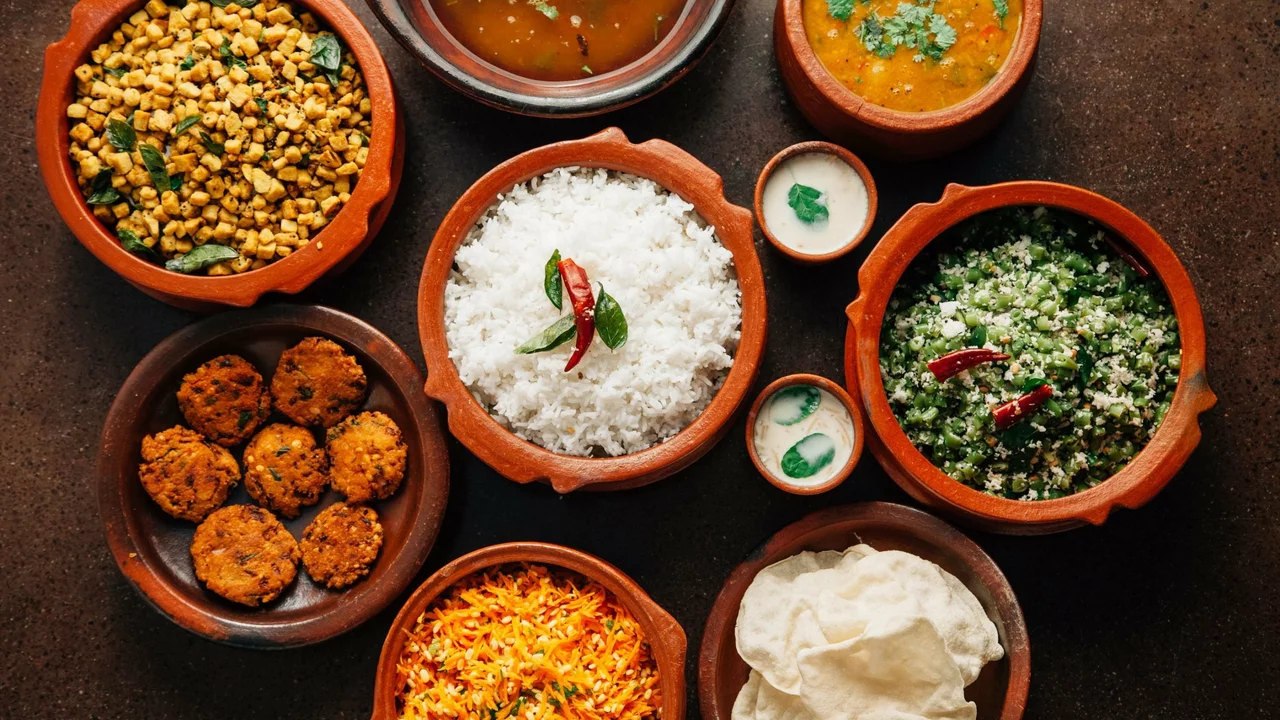Indian Food: Bold Flavors and How to Enjoy Them
Indian food is loud, colorful, and full of layers. For many people it’s love at first bite; for others it’s a shock. If you want to understand the taste, the spice, and how to enjoy it without watering down the experience, this page is for you. Below you'll find practical explanations, simple tips, and quick reads from TeleNews India that dig deeper into these questions.
Why some people find Indian food strong
Indian cooking uses a wide mix of spices, fats, and slow cooking techniques. That creates deep, concentrated flavors. Capsaicin in chilies causes heat that some people find intense. But heat isn't the only thing — cumin, coriander, turmeric, garam masala and mustard seeds add aromas and bitterness that feel unfamiliar to those raised on milder food.
Unfamiliarity matters. If your diet rarely includes roasted spices or layered sauces, the sudden complexity can feel like too much. Also, mass media and some restaurant styles give a narrow idea of Indian food — usually heavy, greasy, or overly spicy. That image doesn't reflect the balance you get in many home-cooked dishes across India.
How to ease into Indian food
Start small and smart. Try these practical steps:
- Pick mild dishes first: dal (lentils), tandoori chicken with less chili, vegetable korma, or curd-based dishes soothe the palate.
- Ask for spice level: most places will adjust heat. Choose "mild" or "medium" and add chili later if you want.
- Use cooling partners: plain rice, yogurt (raita), and bread like naan reduce heat between bites.
- Try single-spice highlights: begin with dishes that showcase one or two spices so you can identify what you like — for example, cumin-flavored jeera rice or turmeric lentils.
- Taste street food carefully: it’s bold by design. If you prefer subtle flavors, try home-style cooking or suburban restaurants first.
Some people genuinely enjoy the mild end of Indian cuisine and then move on to the spicy side. Others enjoy the complex aroma without needing high heat at all.
Want to read more? TeleNews India covers related topics like why some Americans don’t like Indian food, whether you can get addicted to spices, and how food ties into life and culture in India. Articles like "Why do Americans dislike Indian food?" and "Can one be addicted to spices (in Indian food for example)?" dig into the taste psychology and culture behind the dishes.
Final tip: be curious. Try dishes from different regions — South India, Bengal, Gujarat, Punjab — each has its own approach to spice and texture. Taste slowly, compare, and you’ll find the parts of Indian food that fit your palate. Enjoy the journey; it’s worth it.

Why do Americans dislike Indian food?
In exploring why some Americans might not favor Indian cuisine, it seems to revolve around unfamiliarity with the spices and flavors. Indian food is rich and diverse, and the intense flavors can be overwhelming for those used to more mild dishes. The spiciness, which is a hallmark of Indian cuisine, can also be off-putting for some. Additionally, there are misconceptions about Indian food being unhealthy or overly greasy. However, it's important to remember that taste is subjective and varies greatly from person to person.

Can one be addicted to spices (in Indian food for example)?
Spicy food is an integral part of many cultures, but can one become addicted to it? The answer is yes. Spicy foods, especially those eaten in Indian cuisine, contain compounds that are known to be addictive. These compounds trigger the release of endorphins in the brain, causing a pleasurable feeling that can lead to an addiction. People who eat spicy foods regularly may find themselves craving it more and more, despite the intense burning sensation it can cause. Additionally, the body can become conditioned to the level of spice, meaning that addicts may need to increase the amount of spices in their meals to get the same pleasurable feeling. Ultimately, it is possible to become addicted to spices in Indian food, and it can be difficult to break the cycle.